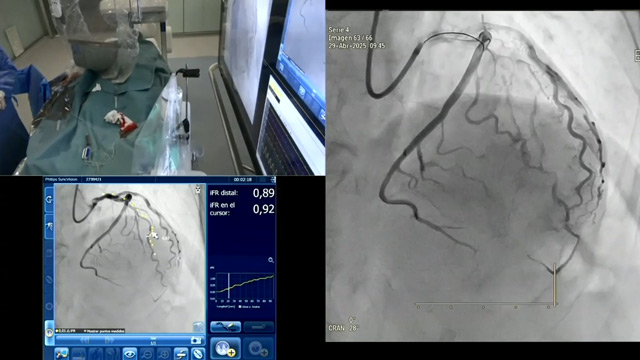952 results
Calcium modification: contemporary comparaisons of atherectomy and IVL
22 May 2025 – From EuroPCR 2025
Compare contemporary calcium modification techniques including atherectomy and intravascular lithotripsy (IVL) in complex coronary lesions. Review clinical outcomes, procedural case studies, and registry data highlighting safety and efficacy in acute coronary syndrome and high-risk patients.
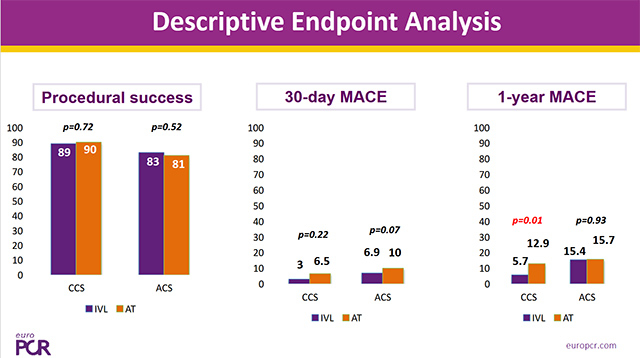
Best companions's case on complications in calcified lesions: episode 2
22 May 2025 – From EuroPCR 2025
Join this session examining complex complications in calcified lesion interventions. Learn from cases featuring controversial approaches that successfully resolved issues, coronary perforation management, retrograde iatrogenic dissection after lithotripsy, and algorithmic bailout strategies essential for navigating challenging calcified lesion complications.
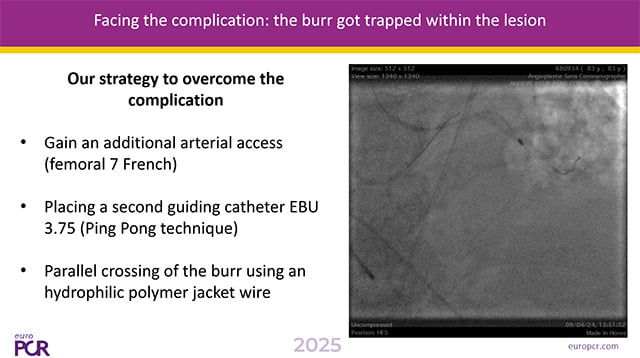
Acute complications during distal left main PCI - Part 1
22 May 2025 – From EuroPCR 2025
Navigate the challenges of acute complications during distal left main PCI with expert guidance. This session discusses troubleshooting techniques for stuck IVUS catheters, stepwise ostial LAD stenting, OCT applications when crush and kiss techniques fail, management of lost stents in heavily calcified bifurcations, and responses to...
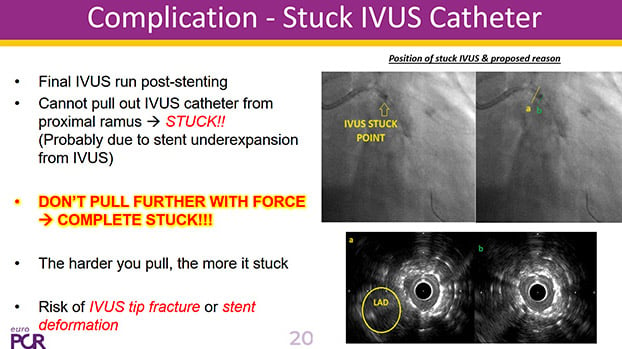
How to address the problem of calcified left main lesions
22 May 2025 – From EuroPCR 2025
Gain expert perspectives on addressing calcified left main coronary lesions in high-risk and complex clinical scenarios. This session features challenging cases including ACS patients with reduced LVEF, severe calcified stenosis of left main bifurcation, complex PCI in post-CABG octogenarians with rotablation under Impella support, and other...
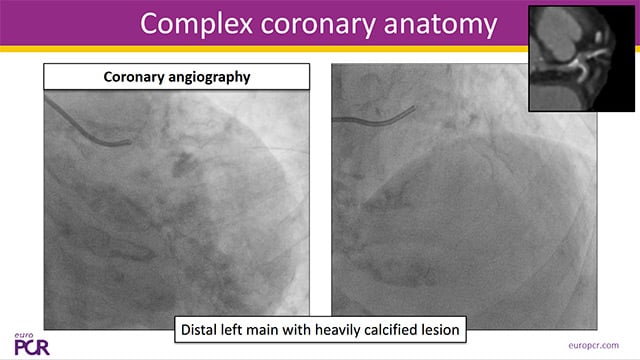
PCI in a challenging coronary anatomy
22 May 2025 – From EuroPCR 2025
This session tackles PCI in challenging coronary anatomies, featuring cases with anomalous coronary arteries, complex access routes, and specialized stenting techniques. Learn from experiences managing dual anomalous arteries, navigating to difficult lesions, and applying innovative modified chimney stent methods to restore coronary flow.
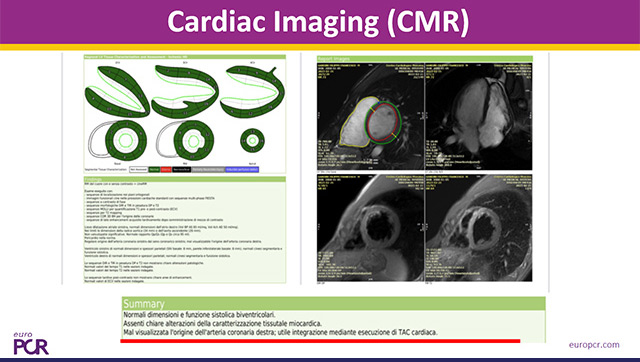
Bifurcation CAD: presentation and PCI strategies
22 May 2025 – From EuroPCR 2025
Navigate the complexities of coronary bifurcation disease with a comprehensive session covering decision-making, imaging applications, and PCI strategies. Review clinical scenarios involving left main disease, calcifications, and acute presentations. Understand the pivotal role of intracoronary imaging and explore provisional and two-stent techniques through detailed case discussions...
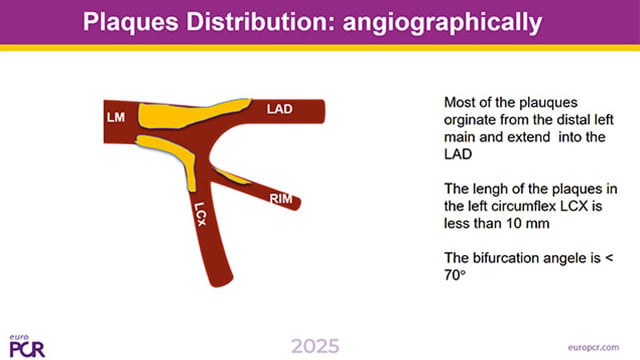
Percutaneous And Non-fluoroscopic Procedures (PAN): promoting equality and radiation-free intervention
22 May 2025 – From EuroPCR 2025
Discover innovative non-fluoroscopic interventional techniques with the Percutaneous And Non-fluoroscopic Procedures (PAN) session. Learn how to perform radiation-free interventions using advanced technologies, assess their clinical equivalence to standard methods, and explore how these procedures may promote gender equality in interventional cardiology careers.
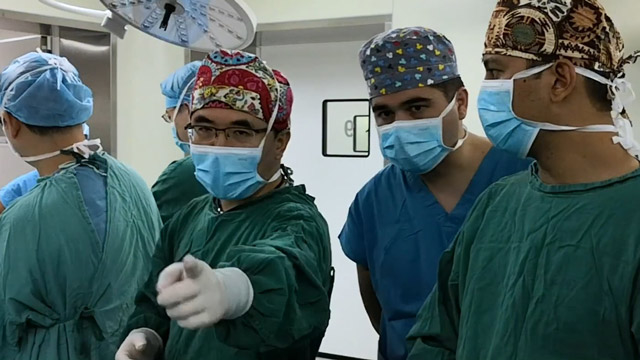
Calcium and complications management in bifurcation
22 May 2025 – From EuroPCR 2025
Address calcium-related challenges and complication management in coronary bifurcation PCI. This session reviews the impact of intraprocedural complications during two-stent techniques, procedural success and one-year outcomes of intravascular lithotripsy in calcific bifurcations and unprotected left main PCI, and bench-test analyses of perforation management. Additionally, it compares...
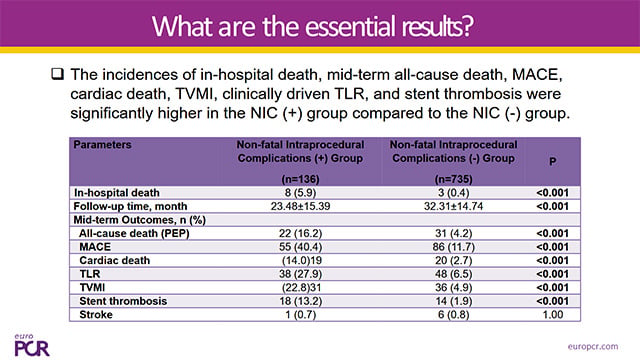
High-risk PCI in acute coronary syndrome
22 May 2025 – From EuroPCR 2025
Explore high-risk PCI strategies in acute coronary syndrome patients who are unsuitable for surgery. This session presents insights on Killip class influence, haemodynamic support with micro-axial flow pumps, disease progression patterns in complicated STEMI, and the prognostic value of QFR-guided functional SYNTAX scores in ACS management.
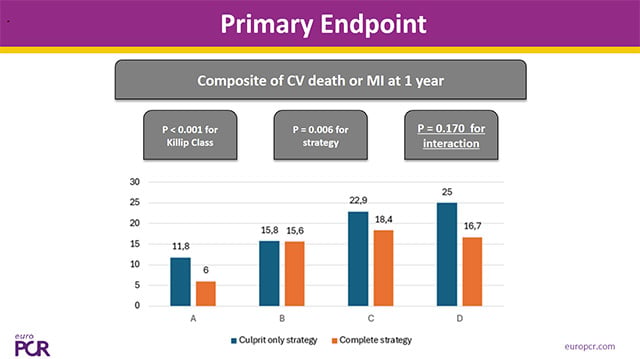
A mindset shift in the cathlab: leveraging contemporary technologies for planning and guiding PCI in complex patients
22 May 2025 – From EuroPCR 2025
This session examines evolving catheterisation lab workflows, highlighting how integrated imaging, physiology, and procedural strategies are reshaping PCI practices. Speakers emphasize the importance of advanced pre-procedural planning using modalities such as intravascular ultrasound (IVUS) to optimise stent deployment, and cardiac computed tomography angiography (CCTA) to improve diagnosis...
